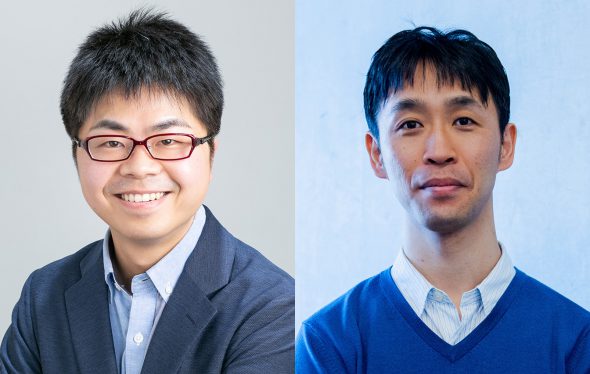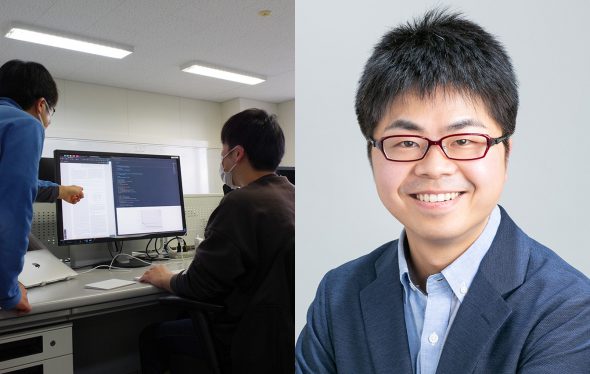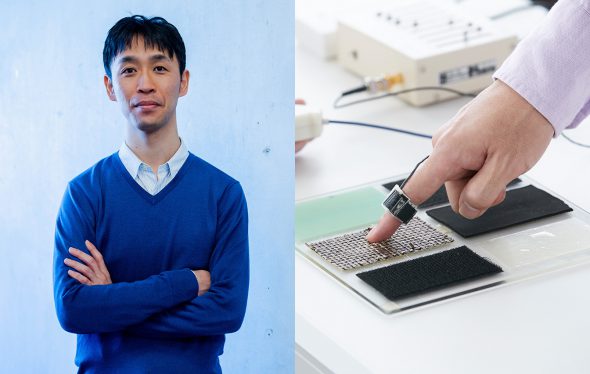
The Inamori Foundation announced the 2023 fellows for the Inamori Research Institute for Science (InaRIS) Fellowship Program on March 17, 2023. This year, we will welcome two new fellows, Yasutaka Kamei (Associate Professor, Faculty of Information Science and Electrical Engineering, Kyushu University) and Yoshihiro Tanaka (Professor, Graduate School of Engineering, Nagoya Institute of Technology), who were selected from 36 applicants.
2023 InaRIS Fellow
Kamei, Yasutaka
Associate Professor, Faculty of Information Science and Electrical Engineering, Kyushu University

| Research Topics | New paradigm for software development styles based on machine-human interaction |
|---|---|
| Summary | Thanks to the proliferation of open source, software development data, including source code, is widely available online. The data represent the process of software development itself, sometimes recording the trial and error of the development project. In this research, we create the framework to achieve how a machine (the model of the developer’s know-how) and a developer can learn and assist each other in the context of software development, as opposed to the full automation of a data-driven approach. |
2023 InaRIS Fellow
Tanaka, Yoshihiro
Professor and Special Advisor to the President, Graduate School of Engineering, Nagoya Institute of Technology

| Research Topics | Perceptual mechanism and informatization of tactile sensations based on internal characteristics |
|---|---|
| Summary | The sense of touch is the recognition of the mechanical interaction between the body and the physical world and depends not only on the object touched but also on one’s own skin characteristics, motor control, and cognitive processing. This study aims to investigate individual differences in tactile sensations based on these interrelationships, clarify the principles of tactile perception, and informationize subjective tactile sensations. The sense of touch is involved not only in texture, but also in motion, body recognition, and emotion, and can be applied in all situations involving the body. The goal of this study is to create a society where the diverse sensory worlds within individuals can be shared and utilized, and skills and sensibilities can be abundantly created. |
